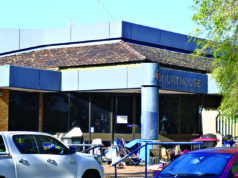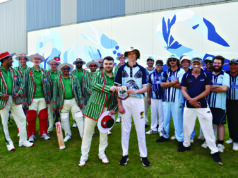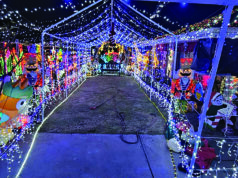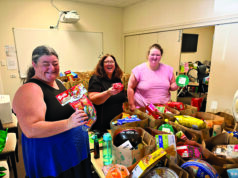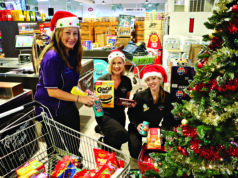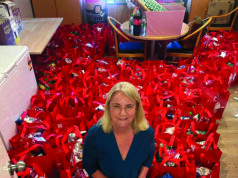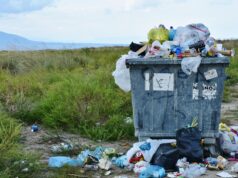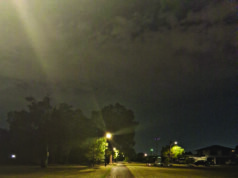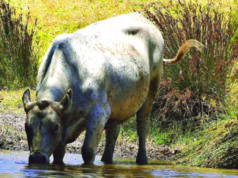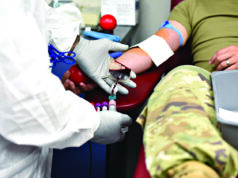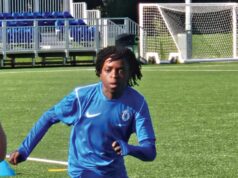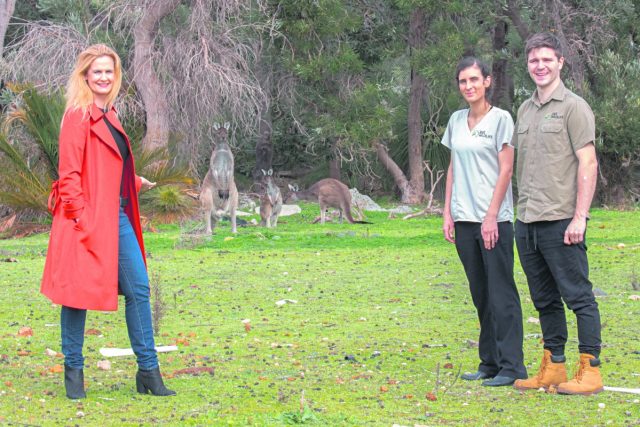
A herd of kangaroos, which were nearly targeted for a cull, could be translocated if a trial proposed by a City of Canning councillor gains council support.
Under a proposal put forward by Cr Amanda Spencer-Teo, six to eight Western Grey Kangaroos would be relocated from land near the Canning Vale Waste Transfer Station to private land by WA Wildlife, at a cost of around $1000 per marsupial.
The land is home to at least 300 kangaroos, however there is a distinct possibility there could in excess of 500 kangaroos at the site.
Cr Spencer-Teo said her motion was in direct response to reports in late 2021, after an internal city report was leaked to the media, that the kangaroos would be culled to make way for the Canning Vale Regional Sports Complex and the Jandakot Eastern Link Road.
“Up until that stage I, as a councillor, had no idea we had any kangaroos on any site in Canning let alone that site,” she said.
“We’d had briefings on this site and plans going forward and not once were kangaroos ever mentioned, so it came as a bit of a surprise to me.
“Quite a few people reached out to me after I put up a social media post saying hang on, we don’t know anything about this, give us time to do some research.”
“We got together with DCBA and WA Wildlife to understand the information around relocation and why some relocation programs haven’t worked before and what was needed to make one successful.”
While she believes she has the support of councillors, she does not believe the city’s officers report – set to be released this Friday, prior to the council meeting on June 21 – will back her plan, and she says believes she knows why.
“I talked to staff and didn’t get a lot of support from staff, I’ll admit, they were pretty much against investigating any form of relocation.
“[Staff are opposed] because killing the kangaroos is cheaper, faster and easier. That’s it.
“To me this is a bit of a no-brainer, it has been done, it can be done and it’s being done as we speak, and its successful.
“Why we wouldn’t give it a go, it’s just ridiculous.”
WA Wildlife’s Dean Huxley admitted that while the wildlife charity has never been involved in the translocation of healthy Kangaroos, he was confident they would succeed where others have failed.
“We’ve done a lot of releases of Kangaroos, we release large adult macropods all the time, about 40 a year, and we’ve done quite a number of wild captures of adult Kangaroos, about 80 or 90, so sedations and transport back to the hospital, but we haven’t done a translocation before,” he said.
“This involves darting healthy animals, so the difficulty will be getting between 10 and 15 metres close to them to dart.
“We will monitor the kangaroos using sub-dermal trackers, and if they are still alive after three months that’s when we would consider that a successful translocation.

“There’s not a lot information around successful translocations of Western Grey Kangaroos in WA,” he said.
There is, however, information around unsuccessful translocations.
A CSIRO study published earlier this year, entitled ‘Poor welfare outcomes resulting from poor management decisions in a translocation of western grey kangaroos (Macropus fuliginosus), detailed a translocation program where 63 of 154 and 20 of 52 pouched young died or were euthanised during a translocation.
“The primary conclusion from this management program was that the western grey kangaroos were susceptible to capture myopathy and distressed animals are at a greater risk of not surviving a translocation program,” the report reads.
“In our professional judgement, from an animal welfare perspective, these kangaroos should have been euthanised and not translocated.
“Such scientific advice and professional experience should inform future decisions regarding management of remnant kangaroo populations.”
WA Wildlife’s Dean Huxley acknowledged the findings of the report but was quick to point out that particular translocation was fatally flawed from the beginning.
“The animals were caught a couple of times – members of the public released them from an enclosure – and that contributes to capture myopathy, which is the main cause of death in translocations.
“The sedation protocol used may have been inappropriate as well and we’re confident the protocols we use are effective and safe.”
However, he also said that despite being confident, there was no guarantee the translocation would be successful – hence the pilot program.
He said the culling of kangaroos could also be a distinct possibility, an option city officers are said to be in favour of.
“It could be due to frailty, it could be due to the fact they just can’t be darted, it could be due to disease, but while culling will definitely be an option to some of these animals, if we’re dealing with a large population like that if there are options for a successful translocation, I don’t know why it wouldn’t be considered.
“If we’re unsuccessful in this pilot program, then we may have to go back and say it might not be possible to translocate this group.
The pilot program will need to be signed off by the Department of Biodiversity, Conservation and Attractions, who have signed off all 15 applications for translocation they have received in the last three years.
A decision on the program will be made at the next ordinary council meeting on June 21.


